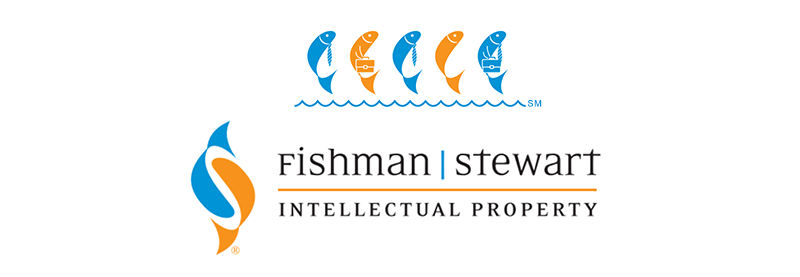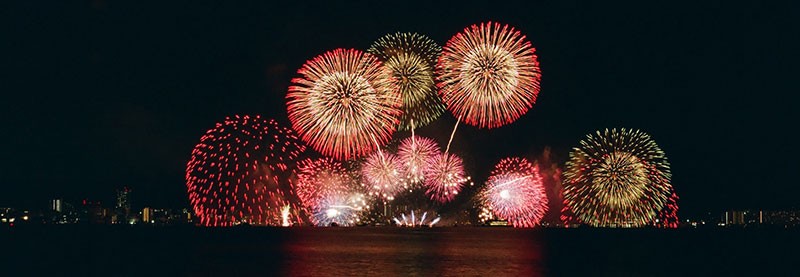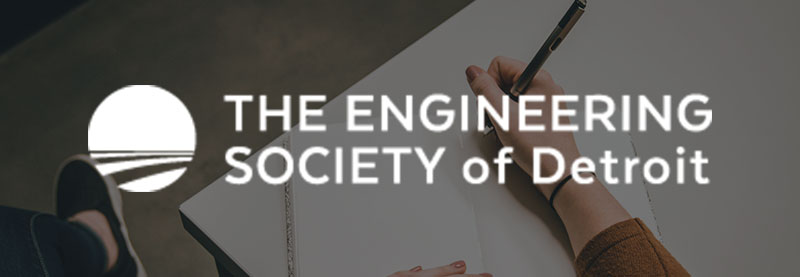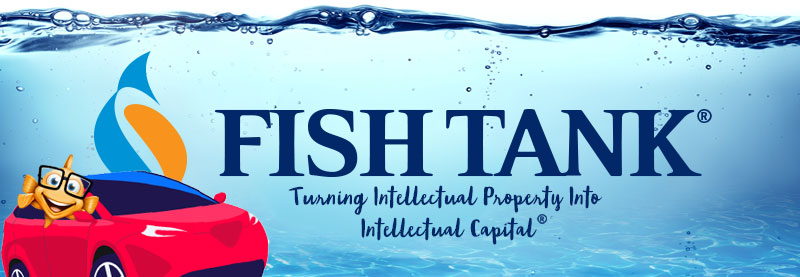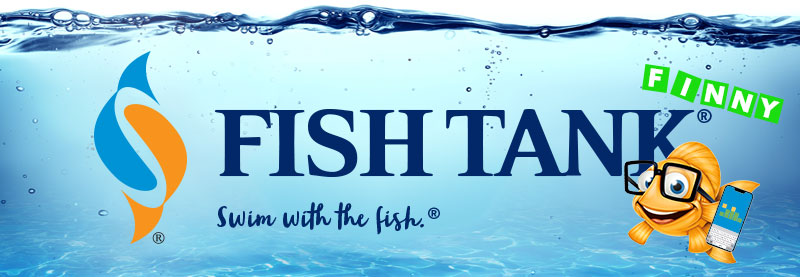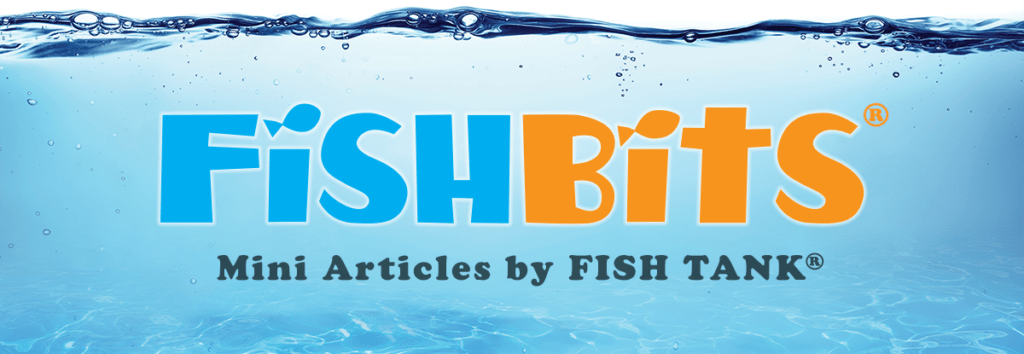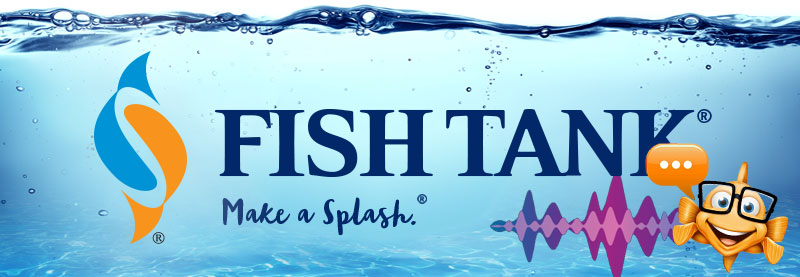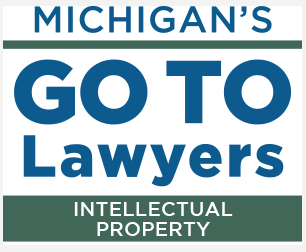Intellectual Property Insights from Fishman Stewart PLLC
Newsletter – Volume 23, Issue 14
Share on Social

PATENTS IN RED, WHITE, AND BOOM!
As we prepare to celebrate our nation’s independence, our plans include parties, picnics, and parades which often conclude with an evening of fireworks. It has become quite the tradition and an integral part of the festivities.
The development of fireworks dates back over 2,000 years starting with the development of gunpowder in China. Initially, gunpowder was used for medicinal purposes, but its explosive properties were soon recognized, and Chinese innovators began harnessing gunpowder for entertainment, celebrations, and other applications.
As time passed, China developed more sophisticated fireworks. They discovered that different chemical compounds and additives could produce a variety of colorful effects. By adding various metal salts to gunpowder mixtures, they achieved vibrant colors like red, green, and yellow. This advancement allowed for the creation of dazzling visual displays in the night sky.
But can it be true that something as old and time-tested as fireworks have experienced continued innovation and development since their origins in ancient China?
The use of fireworks for celebration stretched globally over the centuries and by the 17th and 18th centuries, fireworks had reached the American colonies. The colonists adopted the use of fireworks for various occasions, including political rallies, Independence Day celebrations, and other festivities. John Adams advocated for fireworks as part of the Fourth of July celebrations, famously writing:
“It ought to be solemnized with Pomp and Parade, with Shews, Games, Sports, Guns, Bells, Bonfires and Illuminations from one End of this Continent to the other from this Time forward forever more.”
Fireworks thus quickly became an integral part of the American tradition – with innovations fueled by the nation’s patent system. T.M. Pierce developed a fireworks torch in 1893 and A.J. Lutz toy fireworks in 1899. The humble sparkler arrived on the scene in 1934 and a shielded holder in 1941. Focus in recent years has been on other issues, with a harmless firework in 1973, a patent for decreased environmental impact in 1994, and a patent to reduce animal anxiety in 2016.
But the products themselves are clearly still under active development. An inventor in China recently patented the famous firework with a smiling face effect – which many of us have seen (the smiling face is shown in Figure 2), a light display method and fireworks shell from an inventor in Japan, and a recently issued U.S. patent for cold fireworks.
From their humble origins in ancient China to the extravagant displays witnessed around the world today, fireworks have evolved into an integral part of cultural celebrations and joyous events. They continue to captivate audiences, evoke awe and wonder, and symbolize the collective human desire to celebrate, commemorate, and marvel at the beauty of light and color in the night sky.
We can trust that inventors worldwide will continue innovating and we look forward to new experiences in years to come.
Paul Ratzmann is a partner at Fishman Stewart and a registered patent attorney, practicing in many technology fields. As an engineer, before he became a patent attorney, Paul was an inventor and is listed on eleven US patents, such as the one listed here.
The ESD TechCentury Student Writing Contest Returns for 2023
Fishman Stewart is honored to again sponsor the 2023 Engineering Society of Detroit’s (ESD) TechCentury Student Writing Contest to promote and engage student voices and ideas about the engineering profession. The contest is open to all students studying engineering or a related field at Michigan universities, with the top three finishers being published in the ESD’s January 2024 edition of the TechCentury magazine, and a $1,000 scholarship award to the first-place finisher.
Fishman Stewart is proud to support the educational pursuits of a future generation of innovative minds and looks forward to the contest.
For more information, please contact Susan Thwing at sthwing@esd.org.
Related Content from Fishman Stewart
Car enthusiasts are buzzing about Alfa Romeo's latest SUV which is also its first EV (plus a hybrid option). Initially branded as “Milano,” the name was changed to "Junior" after it was announced that the car would be produced in Poland.
The online word game Wordle was created in 2021 by Josh Wardle and quickly rose in popularity. Players receive a new puzzle daily with six chances to correctly guess a five-letter word of the day with limited clues.
In a recent decision, the U.S. Court of Appeal for the Eighth Circuit affirmed a jury verdict holding that the use of the "Success Kid" meme by a congressman's reelection campaign for fundraising purposes did not qualify as fair use.
In February 2024, proposed legislation was introduced in US House of Representatives which would extend copyright protection to golf courses. The bill is titled “Bolstering Intellectual Rights against Digital Infringement Enhancement Act” or the “BIRDIE Act”.
OpenAI recently held a live demonstration of a new ChatGPT version that included the use of an AI personal assistant voice dubbed “Sky.” Many observers compared Sky to Scarlett Johansson’s voice in the 2013 Spike Jonze romantic sci-fi film “Her,” which centers on a man who falls in love with the female voice of his computer’s operating system.
June is Pride Month, which honors the 1969 Stonewall Uprising in Manhattan and recognizes the impact that lesbian, gay, bisexual, and transgender (LGBTQ+) individuals have had on history locally, nationally, and internationally. The United States Patent and Trademark Office flies the Pride Flag and promotes the Pride community’s contributions with programming offered annually.
First-time inventions have led inventors to great successes throughout history, sometimes immediately, sometimes after several more attempts at more useful inventions. In the U.S., two very famous inventors with contrasting first-time experiences are Thomas Edison and Alexander Graham Bell.
June is Pride Month. This year we are celebrating with some IP tips for drag performers! Drag performers can protect their intellectual property by registering the copyrights in their original works of music, choreography, and comedy sketches.
Bands often start out as creative endeavors among friends, and bands may not prove lucrative for many years, if at all. Until bands break up, thought and planning may not be given to who is the owner of the band names and entitled to use them going forward.
You’re rarely more than a few yards from Finny’s favorite chips, semiconductor chips to be precise. But what exactly is a semiconductor chip?
IDENTIFYING, SECURING AND ADVANCING CREATIVITY®
